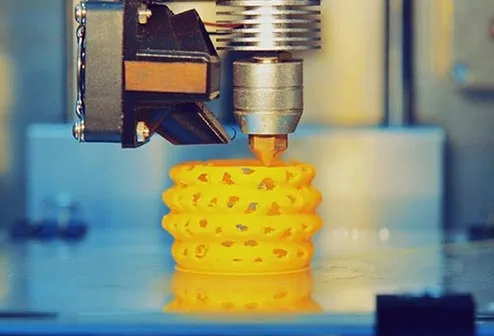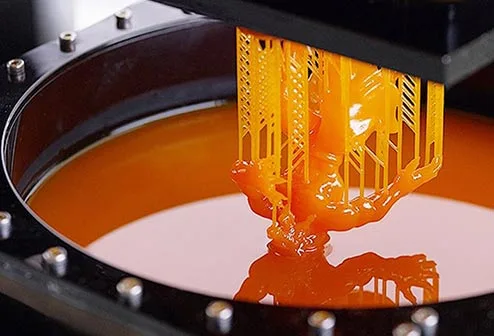In mechanical design, electroplating is one of our most common surface treatment processes for parts. Today we will take a look at 5 commonly used electroplating processes. There are many methods of electroplating, and the type of electroplating varies depending on conditions such as material, location, and application. Electroplating mainly includes "wet electroplating" and "dry electroplating".
In ordinary plating, when the plating layer becomes thicker, the gloss disappears. Therefore, by adding suitable additives to the solution, smooth glossy plating can be performed. In addition, chrome plating is one of the most commonly used electroplating, because the coating has gloss, no discoloration in the air, low friction coefficient, good wear resistance, and good corrosion resistance. Zinc and cadmium plating, etc. will change color after processing, but by chromate treatment, corrosion resistance is greatly improved, and glossy film or color film can be obtained.
Electroless plating refers to the deposition of metal ions on the surface of other materials by reacting the reducing substances and metal ions of the electroplating solution without using electrical energy. The advantage of this method is that a relatively uniform film can be obtained regardless of the shape of the material. But the precipitation rate is slow, the plating layer is relatively thin, it is difficult to manage equipment materials and solutions, and it is expensive. In electroless plating, the thickness is uniform and the hardness can be increased by heating, so it can be used as a wear-resistant film. In addition, electroless plating of copper is often used in the pretreatment of electroplating on plastics.
Dry electroplating includes vacuum electroplating, vapor electroplating (vapor deposition), and fusion electroplating using molten metal.
Vacuum plating is a method of heating and evaporating metals or compounds in a high vacuum, forming a thin film of the metal or compound on the surface by applying the evaporated atoms or molecules to the object to be plated. Here, the thin film refers to a thin film with a thickness of less than 1 μm. Industrial applications include decoration, wrapping paper, etc., depositing aluminum on metallic sheen, as electrical applications, for resistors and capacitors. If the foundation doesn't release gas, it can use a non-metal, not just a metal. In addition, deposition methods of vacuum plating include PVD (Physical Vapor Deposition) and CVD (Chemical Vapor Deposition). PVD uses heat and plasma energy to vaporize solid materials and deposit them on substrates. CVD is a gas that utilizes energy such as heat and plasma, including thin films and elements, to adsorb and form thin films on the substrate surface through excitation and decomposition. In addition, PVD methods also employ methods such as vacuum deposition, sputtering, and ion plating. CVD methods include plasma CVD and thermal CVD. Since there are a variety of thin film formation methods, it is necessary to make a selection after considering the characteristics and applications of each thin film.
The method of obtaining metal coatings by thermal decomposition or hydrogen reduction of metal halides and carbon-based compounds is called "vapor electroplating". However, because the equipment is complex and expensive, the operating temperature is high, the material needs to be heated, and dangerous chemicals are present, it is only suitable for special fields.
This is a method of dipping the object to be plated in a bath of molten metal and pulling it upwards to obtain the metal film on the surface. When using this method, there are fewer types of metals and alloys that can be used because the melting point of the material must be higher than the melting point of the metal to be plated. The plating operation itself is simple, and a thick plating layer is obtained in a short time, but its thickness cannot be freely controlled. The plating operation itself is simple, and a thick plating layer can be obtained in a short time, but its thickness cannot be freely controlled. In addition, a part of the material may be deteriorated.
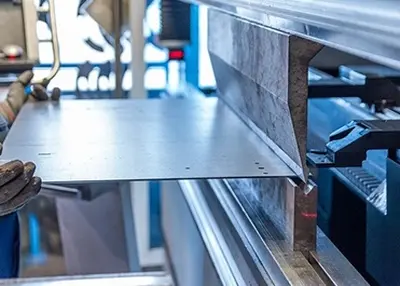 Sheet Metal Thickness Conversion Chart: Galvanized Steel, Stainless Steel, AluminumDecember 5, 2023In sheet metal work, the term "gauge" is frequently employed to specify thickness. Gauges are the units used to indicate the thickness of a metal sheet.view
Sheet Metal Thickness Conversion Chart: Galvanized Steel, Stainless Steel, AluminumDecember 5, 2023In sheet metal work, the term "gauge" is frequently employed to specify thickness. Gauges are the units used to indicate the thickness of a metal sheet.view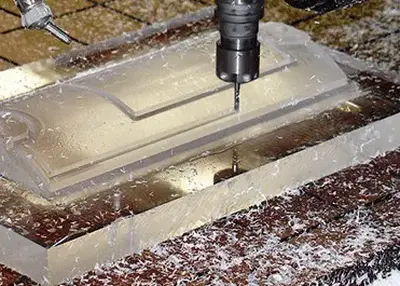 Unlocking Creativity: Exploring the World of CNC Acrylic MachiningNovember 15, 2023Welcome to the realm where precision meets creativity, where the art of CNC (Computer Numerical Control) technology converges with the transparent beauty of acrylic. In this journey, we will delve into the intricate world of CNC Acrylic machining, unveiling its applications, design inspirations, material synergies, and real-world case studies.view
Unlocking Creativity: Exploring the World of CNC Acrylic MachiningNovember 15, 2023Welcome to the realm where precision meets creativity, where the art of CNC (Computer Numerical Control) technology converges with the transparent beauty of acrylic. In this journey, we will delve into the intricate world of CNC Acrylic machining, unveiling its applications, design inspirations, material synergies, and real-world case studies.view CNC Powder Coating in Healthcare Equipment ApplicationsFebruary 29, 2024In the world of healthcare equipment, precision and durability are of the utmost importance. From monitoring devices to surgical tools, every piece of equipment must be able to withstand the demanding...view
CNC Powder Coating in Healthcare Equipment ApplicationsFebruary 29, 2024In the world of healthcare equipment, precision and durability are of the utmost importance. From monitoring devices to surgical tools, every piece of equipment must be able to withstand the demanding...view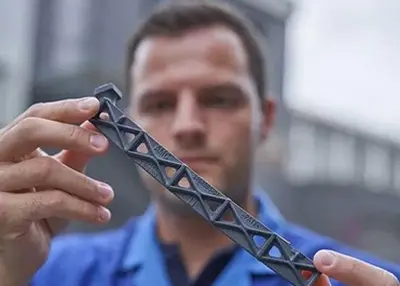 Exploring Nylon: A World of PossibilitiesSeptember 28, 2023Nylon's remarkable strength and versatility have made it a cornerstone of the textile industry. From silky stockings to rugged outdoor wear, nylon fibers have revolutionized our wardrobes.view
Exploring Nylon: A World of PossibilitiesSeptember 28, 2023Nylon's remarkable strength and versatility have made it a cornerstone of the textile industry. From silky stockings to rugged outdoor wear, nylon fibers have revolutionized our wardrobes.view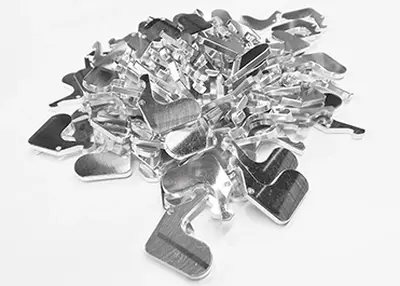 Custom Machined Metal Parts: Precision at Your FingertipsNovember 9, 2023Do you crave perfection in your machinery? Are you seeking the ideal metal components for your projects? You've come to the right place! Welcome to Richconn, your reliable partner for custom machined metal parts. In this comprehensive guide, we'll explore the world of precision engineering, from understanding the basics to choosing the right materials, processes, and designs.view
Custom Machined Metal Parts: Precision at Your FingertipsNovember 9, 2023Do you crave perfection in your machinery? Are you seeking the ideal metal components for your projects? You've come to the right place! Welcome to Richconn, your reliable partner for custom machined metal parts. In this comprehensive guide, we'll explore the world of precision engineering, from understanding the basics to choosing the right materials, processes, and designs.view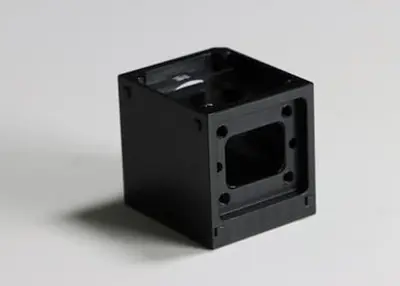 Affordable 3D Printing Service: Tips for Cost-Effective SolutionsSeptember 1, 2023Whether you're an entrepreneur seeking rapid prototyping or a hobbyist looking to bring your creative ideas to life, 3D printing service offers a world of possibilities. However, have you ever tho...view
Affordable 3D Printing Service: Tips for Cost-Effective SolutionsSeptember 1, 2023Whether you're an entrepreneur seeking rapid prototyping or a hobbyist looking to bring your creative ideas to life, 3D printing service offers a world of possibilities. However, have you ever tho...view
 EN
EN
 ru
ru 
